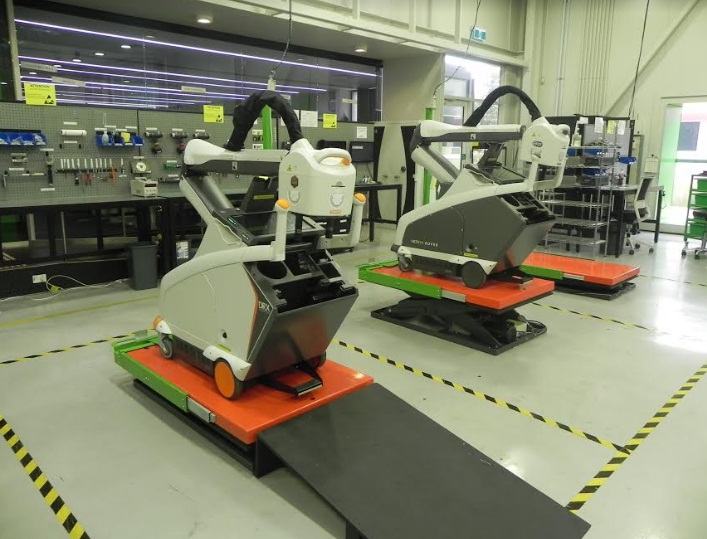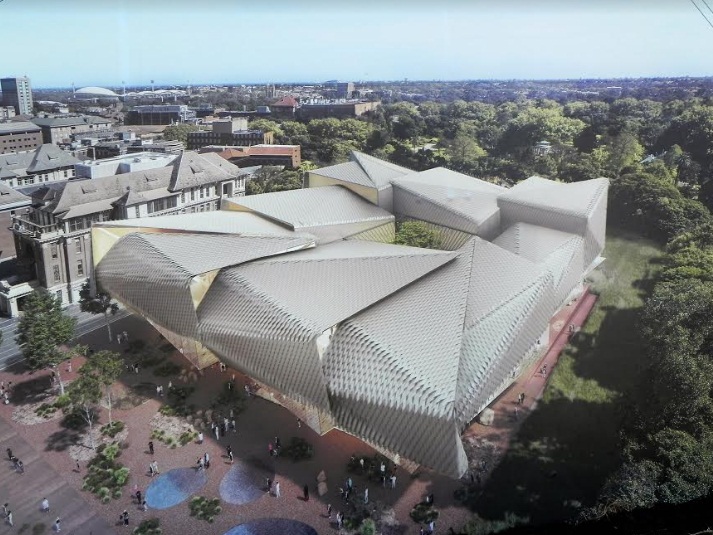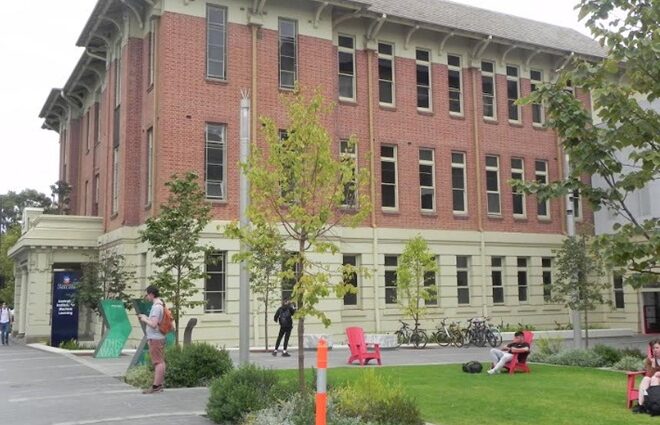Sandip Hor
Tucked in the southern central part of the continent nation, South Australia is the fourth largest state of the Commonwealth of Australia by size and fifth largest by population. Its capital Adelaide and neighbouring suburbs, where over 75 per cent of the state’s population of around 1.77 million live, is ranked as one of the top liveable cities in the world.
The state presents an ideal climate for business investment by virtue of which it’s home to some pioneering enterprises and exciting new industries in multiple sectors from space and health to artificial intelligence, innovative learning and renewable energy.
Worth noting some of the recent achievements.
While Fleet Space – an agile South Australia based space company – made history by launching Australia’s first four nano-satellites, entrepreneur organisations like Life Whisper in the health sector with its ground breaking technology has gifted new hope to improve pregnancy rates with a cloud-based artificial intelligence system. Micro-X ,another ASX listed entity in the health sector has been drawing attention by driving the global revolution in medical and security imaging products using cold cathode x-ray sources.

South Australia is leading the nation in renewable energy, growing from virtually zero renewable energy production in 2003 to approximately 2,000 MW of installed wind, and over 1000 MW of solar PV generating capacity in 2018-19. Renewable energy is making a valuable contribution to reducing greenhouse gas emissions and developing a sustainable future for all South Australians.
The state’s current Hydrogen Prospectus portrays an epic future for renewables.
The three listed hydrogen hubs dot South Australia at the forefront of global clean hydrogen production and exportation.
In this context the state’s battery storage system needs to be mentioned as being a pioneer in storage technology. At 100MW/129MWh, its Hornsdale Power Reserve is the largest lithium-ion battery in the world. The 50MW/ 64.5MWh expansion, currently under construction, will further showcase the complete benefits that grid-scale batteries can provide to the National Electricity Market (NEM) and Australian consumers.
South Australia’s two renowned education hubs – The University of Adelaide and University of South Australia is thriving with research activities. The Andy Thomas Centre for Space Resources brings together the University of Adelaide’s collective exploration, mining, manufacturing and engineering research strengths to address the challenges faced by long term planetary exploration, while ensuring the near term application here on earth.
Any outsider, after noting all of the research and pioneering activities can possibly nick name the state as the ‘Research Hub’ of the nation.
The South Australian government is motivating this research and innovation driven business enthusiasm.
Establishment of Lot Fourteen within the heart of Adelaide City and Tonsley Innovation District around 10km south of the city-centre demonstrates the government’s commitment to attract the world’s best talents.
Lot Fourteen is an integral part of the state’s innovation ecosystem which connects research, education, industry and the government. This precinct links and leverages connections with the Tonsley Innovation District, Adelaide Bio-Med City, Osborne Naval Shipyard, Edinburgh Defence Precinct, Technology Park and Waite Research Institute to provide a wealth of choice for various industries from start-ups to scale-ups and beyond to establish and grow in South Australia.

The 61 Hectare Tonsley Innovation District established at the former site of Mitsubishi car manufacturing has earned a reputation to be recognised as the global benchmark for reimaging and redeveloping traditional manufacturing facilities. The nation’s largest electrolyser is located here at the Hydrogen Park to produce hydrogen to be blended with natural gas and supplied to nearby homes via the existing gas network. A 5% hydrogen blend is the first step to lowering greenhouse gas emissions.
Currently, India’s business connection with South Australia is mainly through the International Education, the state’s largest export. In 2020, the enrollment numbers from India were 11364 – a 20% rise compared to the previous year. However, COVID19 has destabilized the market severely. Another connection of importance is wine.
Australia continues to be one of the leading exporter of wines to India by value and by volume. According to Wine Australia, for the year ending December 2018, Australian wine exports to India grew in volume and value by 50% and 52% respectively. And a fair portion goes from South Australia – Penfolds and Jacobs Creek being pretty familiar names among the Indian wine connoisseurs.
There can be further business opportunities with India in areas of resource and energy, argi-business, water and environmental management, aerospace, defence, advanced manufacturing and last but not the least tourism.
However, to make it working perhaps what is needed from the state government is a strong India Engagement Strategy. Australia’s 2018 established India Economic Policy can be used as a reference.
The recently signed MOU between the Australian Space Agency and Indian Space Research Organisation (ISRO) can also be of significance to create business opportunities in the civil space activities.

